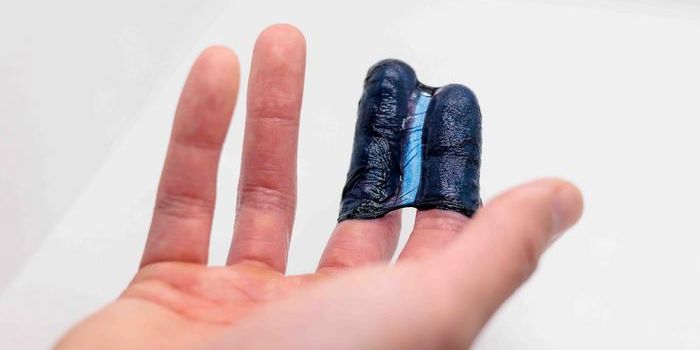Children with asthma, hay fever, and eczema have about twice the rate of high blood pressure and cholesterol, putting them at risk for heart disease at a surprisingly early age, according to a study of more than 13,000 children.
Even when the study controlled for obesity, children with allergic disease had a much higher risk for high blood pressure and high cholesterol.
“This study shows that cardiovascular risk starts far earlier in life than we ever realized,” says Jonathan Silverberg, associate professor of dermatology at Northwestern University Feinberg School of Medicine, who led the study published in
Journal of Allergy & Clinical Immunology.
“Given how common these allergic diseases are in childhood, it suggests we need to screen these children more aggressively to make sure we are not missing high cholesterol and high blood pressure. There may be an opportunity to modify their lifestyles and turn this risk around.”
Asthma, hay fever, and eczema—increasingly common children in the United States—are associated with chronic inflammation, impaired physical activity, sleep disturbance, and significant morbidity. But little has been known about the cardiovascular risk factors in children with these diseases.
Silverberg and colleagues examined the association of asthma, hay fever, and eczema and cardiovascular risk factors using data from the 2012 National Health Interview Survey, including 13,275 US children who were representative of the population from all 50 states. Asthma occurred in 14 percent of children, eczema in 12 percent, and hay fever in 16.6 percent. They all were associated with higher rates of excess weight or obesity.
Because the association with hypertension and high cholesterol exists separately from obesity, researchers say inflammation occurring in asthma and hay fever might contribute to the higher rates of cardiovascular disease. Also, children with profound asthma are typically more sedentary, which also may have a harmful effect and drive up blood pressure and cholesterol.
Agency for Healthcare Research and Quality and the Dermatology Foundation supported the work.
This article was originally published on
futurity.org.









